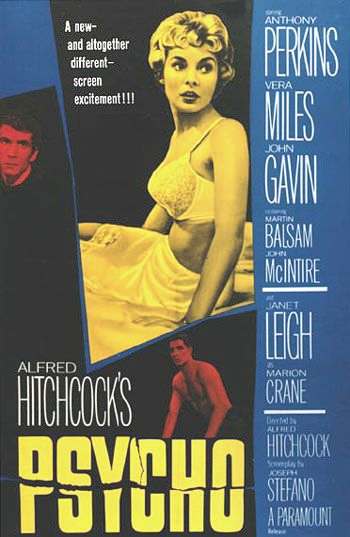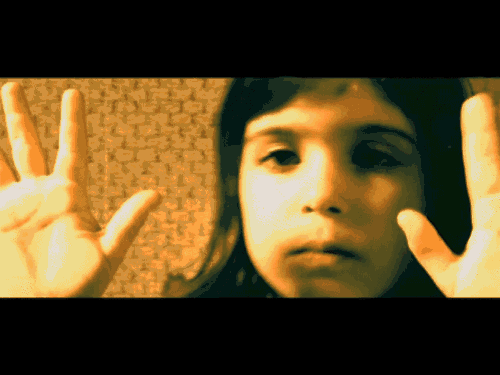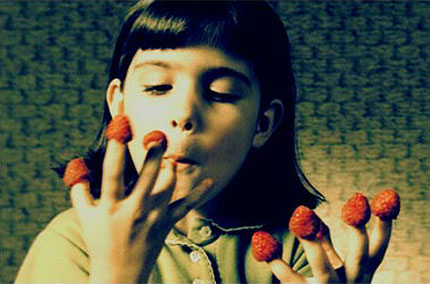/subject to change/
Music plays as the camera zooms in on the front cover, showing a naming sticker. A hand turns the cover revealing the main title as the camera pans around other images on the page.
Narrator: The Art Of Life
Fade to next page, revealing main titles.
Narrator:
This film has been directed, edited, and generally created by Annamarie Moot.
Zelia is played by Red Barbie, Lola is Brunette Barbie, and Peter is Ken.
Page turns, images and text about the main character Peter.
Peter is an idealistic artist. Currently, his inspirations are botanical illustrations, any type of large scale
installation art, and
graffiti. Sadly, Peter is having trouble selling his paintings, causing him to live off coffee and cigarettes, with occasional 2 minute noodles. He likes to listen to movie soundtracks and Arcade Fire on his second hand walkman while he works in his studio. Peters lack of funds has caused him to start painting on free community newspapers he receives, which causes problems when working with water colours. Peter is looking for some kind of new start, as he is suffering from creative block more often than usual and does not know how to solve this problem.
Page turns again, and it appears that while Peter is walking across thwe pages buildings are popping up around him. Music continues playing as he walks onto the next page, which has many buildings depicted.
Narrator: Peter, is an appreciator of fine buildings. Living in a town with rather unappealing architecture, he dreams of living somewhere more his style, like Paris with its heritage and grandeur, or New York with gleaming glass
panelled skyscrapers. He occasionally thinks that his sub-par surroundings are the reason for his creative block. His appartment's decor reflects his financial status, with minimal furniture and bare bulbs hanging from the ceiling. There are unframed prints on the walls, mostly gifts from other artist friends.
Hand turns page again, Peter walks through crowds in a gallery opening/ show. Music continues playing. Page turns again (fade).
Narrator: This is Zelia (
shows picture of Red Barbie) Zelia lives in Paris. She works at a boutique and has many friends who are artists. Her favourite place in Paris is the The Louvre gallery. This is Lola (
shows picture of brunettebarbie). She lives in New York, and works as a freelance photo journalist. When she can she takes a trip to Washington DC to go to the National Galley of Art. Neither of them know it yet, but both of them will play an important role in Peter's near future.
Page turns, images of Peter's art studio.
Narrator: This is Peter's art studio. It has been neglected as of late, with paint tubes left untouched and a large half finished work on the easel. He used to spend hours, or even days here, painting till the tubes run dry and the final product is so impasto that the canvas almost sags with the weight. Lately, he only pops in for an hour or two to stare at his work, often never picking up a paintbrush. Before he was a ~serious artiste~ he would throw parties occasionally, but he stopped because he didn't want his works to get ruined and cleaning alcohol became prioritised over drinking alcohol.
Fade to the next page, littered with bills and an eviction notice.
Narrator: With Peter's main source of income running dry, he got a part time job at a pretentious cafe, which could've been a good thing if he hadn't taken 4 coffees and muffins back to his friends flat each day for the first week expecting not to pay for them. Lack of employment lead to unpaid rent and bills. Peter arrived home after spending a day in the library to find a notice attached to his door. A red notice. Peter had been evicted, due to his pet cat walking through some paint and then going for a wander around the apartment block, littering the newly stained floors with brightly coloured paw prints. Needless to say his landlord was not impressed, as pets aren't even allowed in the first place.
Hand turns to the next page, which is about Peter being homeless.
Narrator: Peter has been living out of a suitcase for a 2 weeks. He has spent time at 3 different friends houses. Staying at couches is causing him to have back problems, which means he is grumpy, which makes him an unattractive room mate. This is a vicious cycle which can only be repeated so many times because he is a reclusive artist, with only so many friends.
Page changes again, littered with lotto and scratchie tickets.
Narrator: Not thinking about logical ways to fix his cash flow problem, Peter believes the solution to his woes is in a lotto draw. He buys as many tickets as he can, lotto, keno and scratchies. As usual, he purchases a ticket with money borrowed from his friends and waits for the weekend draw. While eating his 2 minute noodles on the couch, he notices the time and turns on the television to watch the draw. The numbers are 5, 12, 8, 4, 19, 35, and 22 for the bonus ball. As he was only half-paying attention, it takes Peter a while to notice that he has those numbers. Not knowing how to react, he stares at the ticket blankly for a long time before folding it up very small and putting it in his wallet to take down to the dairy and claim in the morning.
Page changes, winning celebration
Narrator: Peter won 2 million dollars with his lotto ticket. He decides to give some moeny to his friends for letting him stay with them, and wants to throw a big celebration party. He stocks up on everything you could want at a party, just because he can, because he is now a millionaire. Crackers, chips, many different alcoholic beverages, pinatas, candy, and a very large cake. He throws it in his art studio, because he will not be using that space again for a long time. With all his money he plans to buy a house with its own studio or go travelling instead.
Page turns, packing up boxes.
Narrator: With the celebration over, Peter packs up all his art supplies and half finished paintings to put them into storage. While looking at his most recent unfinished work, he decides that he needs a massive change of scenery if he is ever going to finish his works and feel good about painting again. This long time dream can actally turn into something now that money is no longer a problem. After sealing the boxes up with duct tape, and on the way to the storage garages, Peter drives past a travel agency. On the way back from the storage place he goes in and enquires about a trip. He also passes a realtor on the way back to his friends apartment and looks in the window. There is a good range of suitable houses that he likes, but if Peter goes travelling he doesnt need to buy a house.
Page turns,
with adverts for houses and travel ads all mized together.
Narrator: Peter needs to decide wether he is going to buy a house or go on a really long trip. Everything he owns is allready packed, so it is easy for him to up and leave now.
He asks his friends what they think would be best for him, or what they would do, and they give him the same amount of yes's and no's on both sides. He even contemplates going to a phsycic, but decides against it because he can afford to both travel and buy a house but he doesn't know what order to spend his money in. To make his final decision, he flips a coin, heads for house and tails for travel.
Page turns, and book becomes landscape to show Peter entering an airport.
Narrator: The coin landed on tails. Peter's investigation for inspiration is now starting. Paris/New York/ Tokyo and everywhere in between, gone for a year, with 1 million to blow and 1 suitcase to get him there.
Photo of airport becomes real, and the music becomes louder as the narrator stops talking as he enters the airport doors, fading out with the screen which fades to black.
/yet to be timed/












































